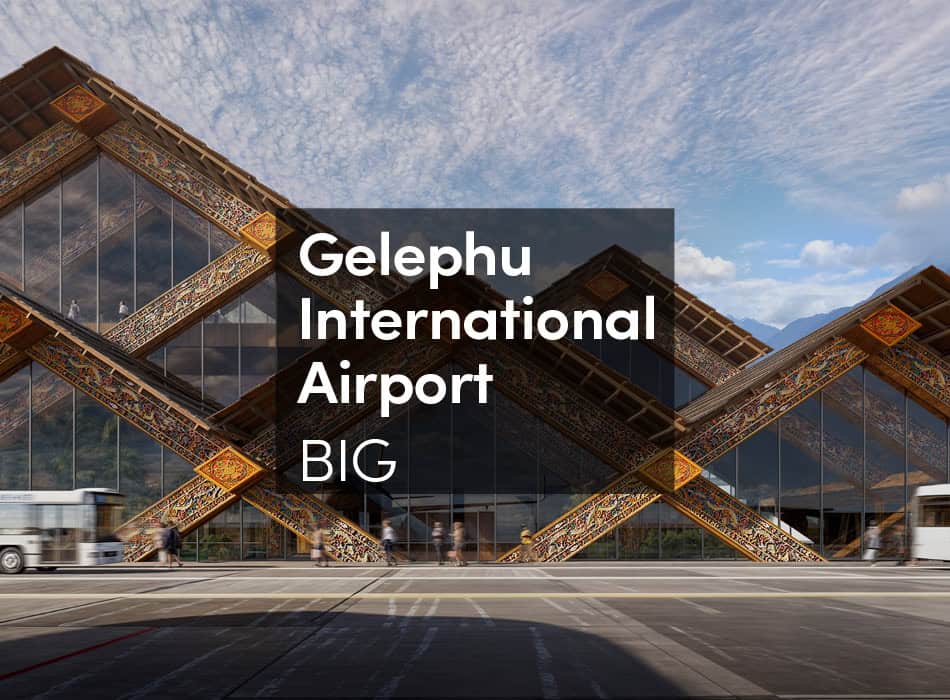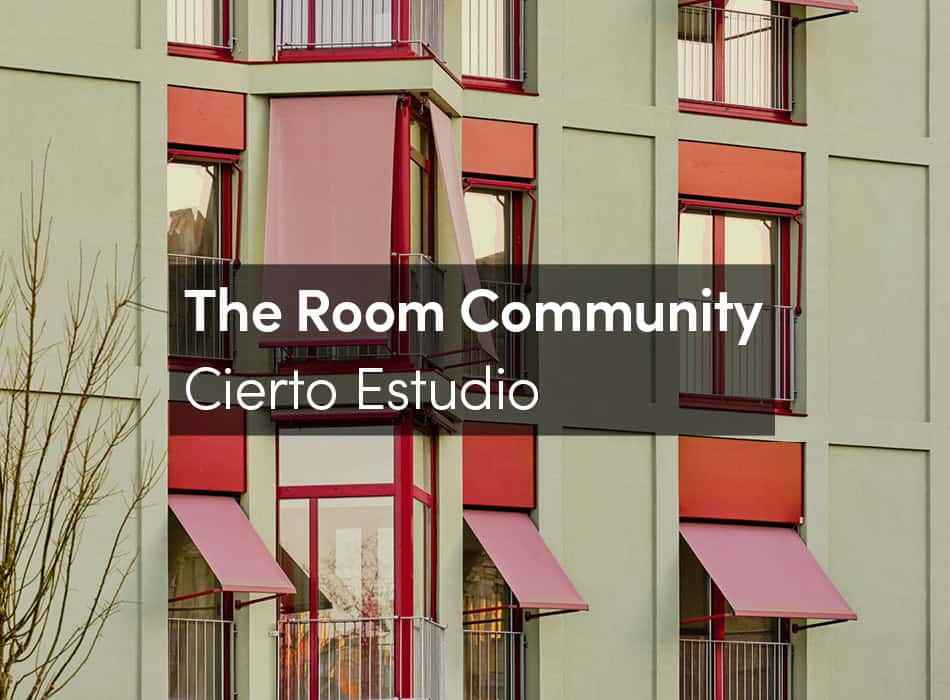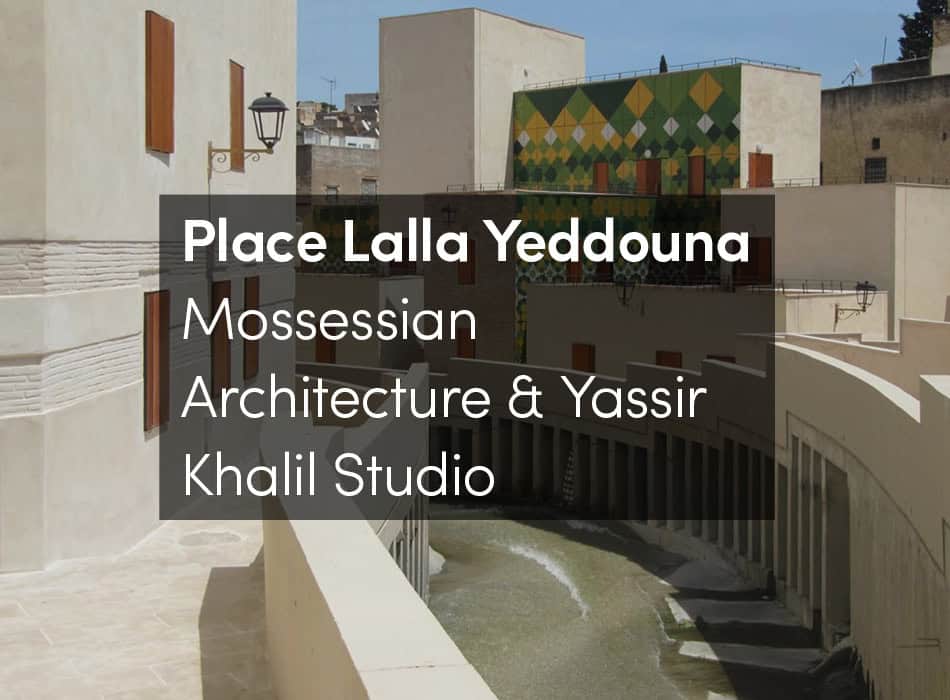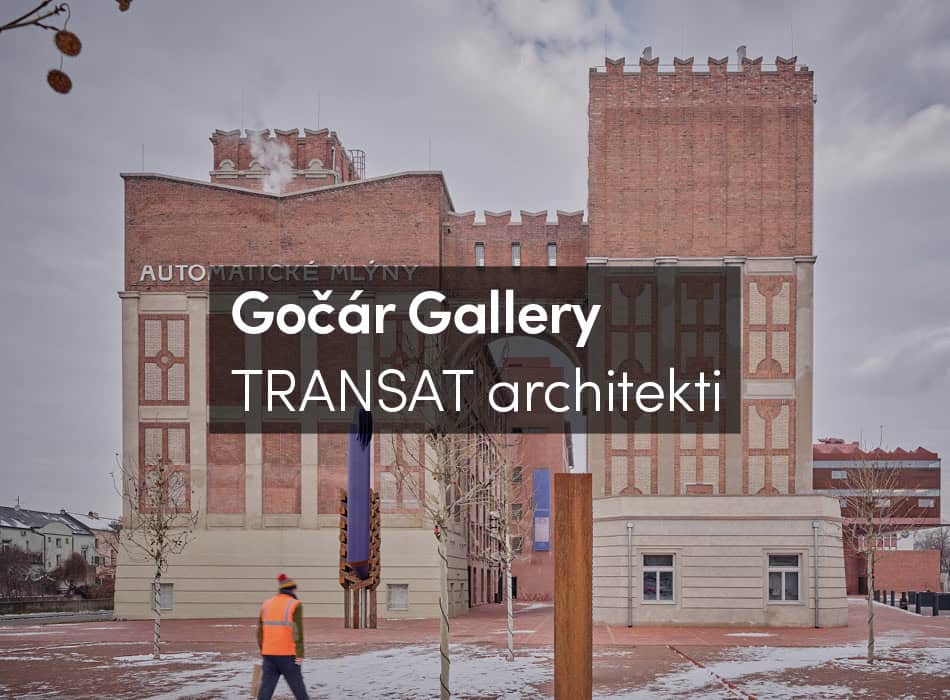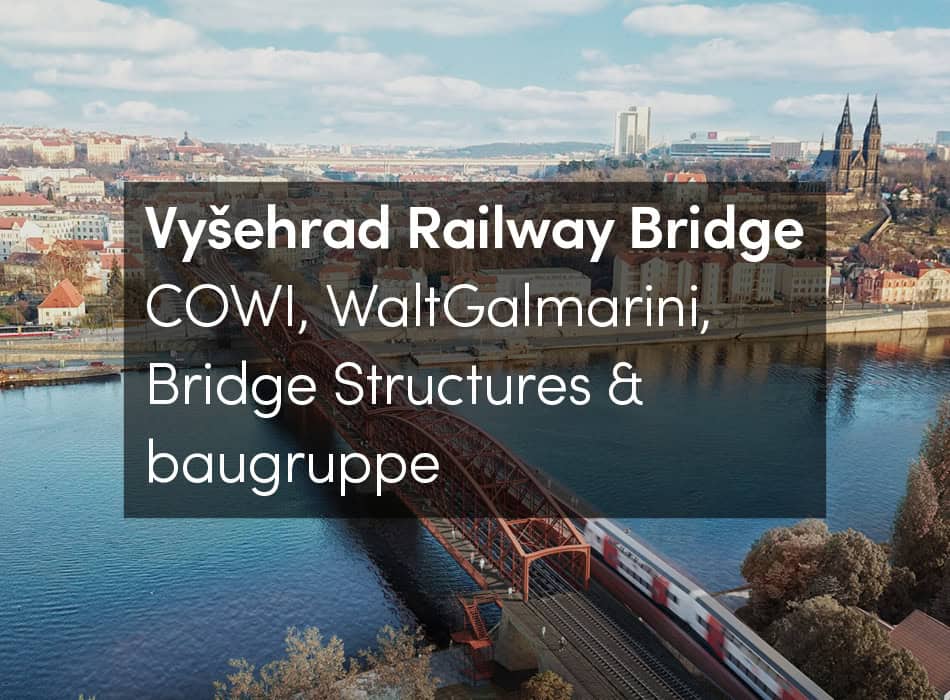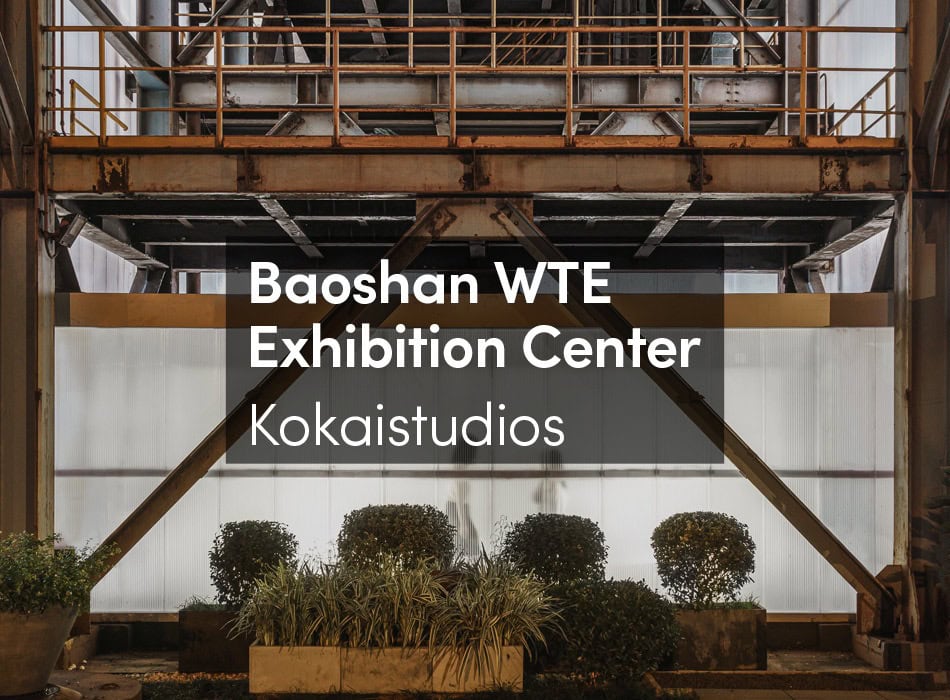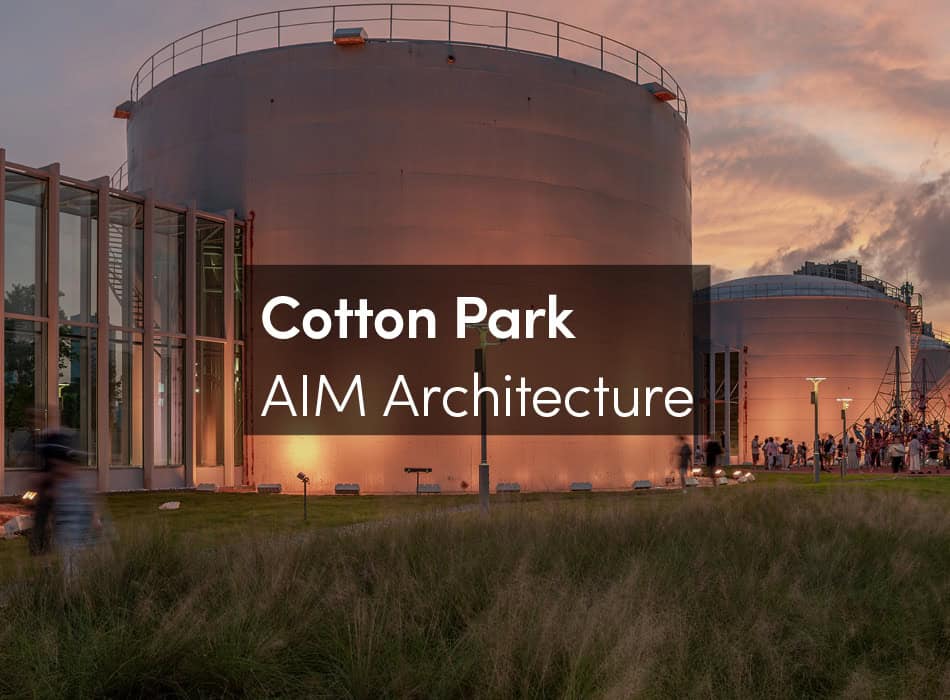Bradbury Works in Gillett Square, Dalston, has recently reopened its doors to new and returning tenants. The new building includes the refurbishment of 600 m2 of existing affordable workspace, the replacement of 10 mini retail units, and the provision of almost 500 m2 of extra workspace in a two-story extension. Bradbury Works is the next step in the evolving story of one of the most unique and community focused public spaces in the capital.
The project will offer affordable business premises operated by Hackney Co-operative Developments CIC, a not-for-profit Community Interest Company, founded in 1982 as a local community economic development agency. HCD works within the local community to explore ideas and opportunities to create a sustainable environment for Hackney’s communities to flourish. In addition to providing affordable workspace across the borough, HCD also leads the animation of Gillett Square, where their programming of community and cultural events plays a key role in the socially cohesive regeneration of Dalston, while working to retain its diversity and showcase its creativity.
The new scheme, which is now called Bradbury Works, looks to retain the best attributes of the existing building while providing additional flexible spaces to suit a variety of businesses. Facing the square, new 10 m2 retail pods are provided with fully openable glazed frontages, which are further protected by profiled metal gates that provide security and privacy when closed but can be transformed with vibrant tenant signage when open.
The original masonry structure of the existing Victorian terrace has been retained, refurbished and renovated, providing small and medium 10–36 m2 workspace units while retaining existing shops, bars and restaurants facing onto Bradbury Street. Between the new retail pods and the third-floor workspaces, a covered double-height external terrace space is provided. Here, the existing circulation decks of the previous scheme have been reimagined as usable terraces and breakout spaces, increasing interaction with the square. Picnic tables, evergreen ferns, and climbing plants are provided to encourage tenants to come together in all seasons.
On the third floor, a new accommodation is provided including new 40–65 m2 workspaces with private mezzanine levels. They are provided in a simple pitched roof form, ensuring overshadowing of the square is kept to a minimum and the new extension is largely unseen from the Bradbury Street side, which falls in a conservation area. A south-facing access deck behind the existing brick parapet provides the opportunity for natural cross ventilation to the new workspaces and panoramic views of London. In addition to private workspaces, a large flexible meeting and event space can be rented out by tenants as well as the wider community.
Finally, the upper levels are wrapped in a new homogenous polycarbonate façade. This lightweight and reflective skin creates the appearance of a singular form; however, on closer inspection the translucent character of the material allows the original terrace to remain visible – a memory of the past behind a new iconic focal point in the square. On the ground-floor level, profiled mill finish aluminum was chosen for its reflective and hard-wearing characteristics, providing a robust backdrop to the varied activities taking place in front.
Materials and Detailing
The materials were chosen in reference to the previous incarnations of the building, which features a palette of industrial profiled metal, polycarbonate and painted brick.
The new extension is constructed from a prefabricated steel frame, which aligns with the existing party walls and is supported by new piled foundations on the square side. Internal floors and infill walls are formed in timber with mineral wool fiber insulation between joists. At the roof level, the insulation is positioned above the structure, allowing the timber joists to be exposed internally to provide character and rhythm to the spaces beneath. On the third and fourth floors, non-loadbearing partitions are designed to allow the space to be opened up if required later. This flexibility has already benefitted one of the tenants, who has rented two adjacent units and combined them into one.
The façade is a combination of lightweight, insulative multiwall polycarbonate and profiled mill finish aluminum sheets at the base. The material chosen makes reference to the blue-green cladding on the nearby Culture House but is colorless and more translucent. This allows plenty of light through to the workspaces and terrace behind, retaining and reinforcing the connection between the building and the square.





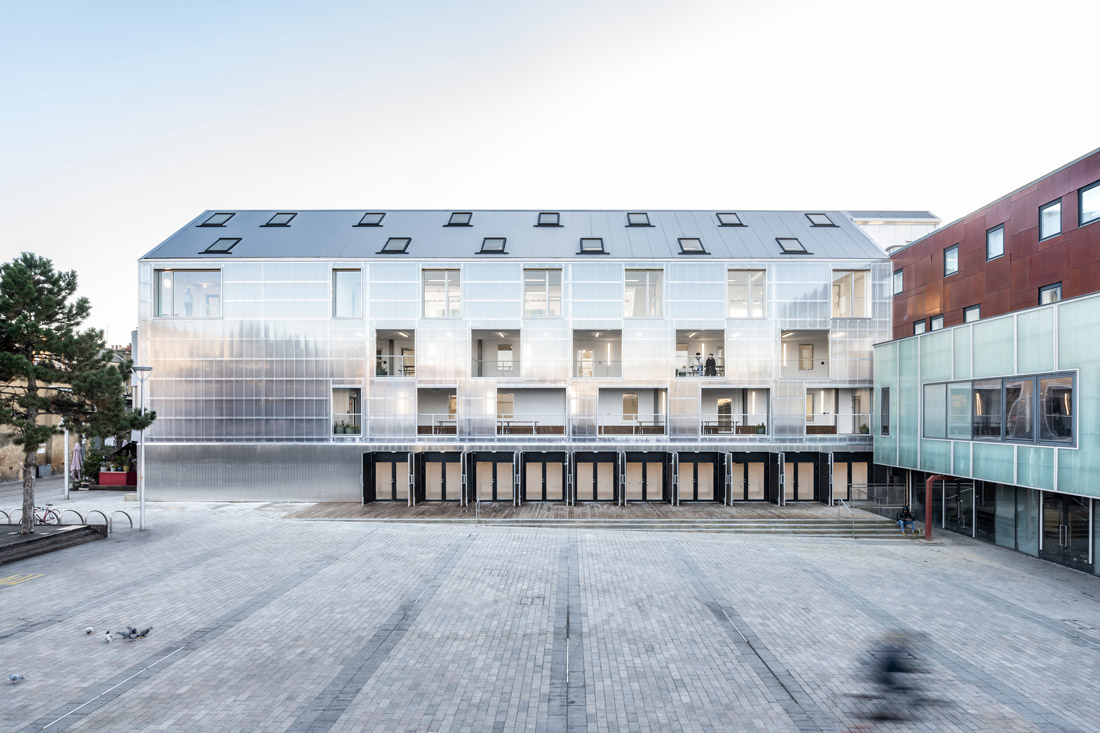
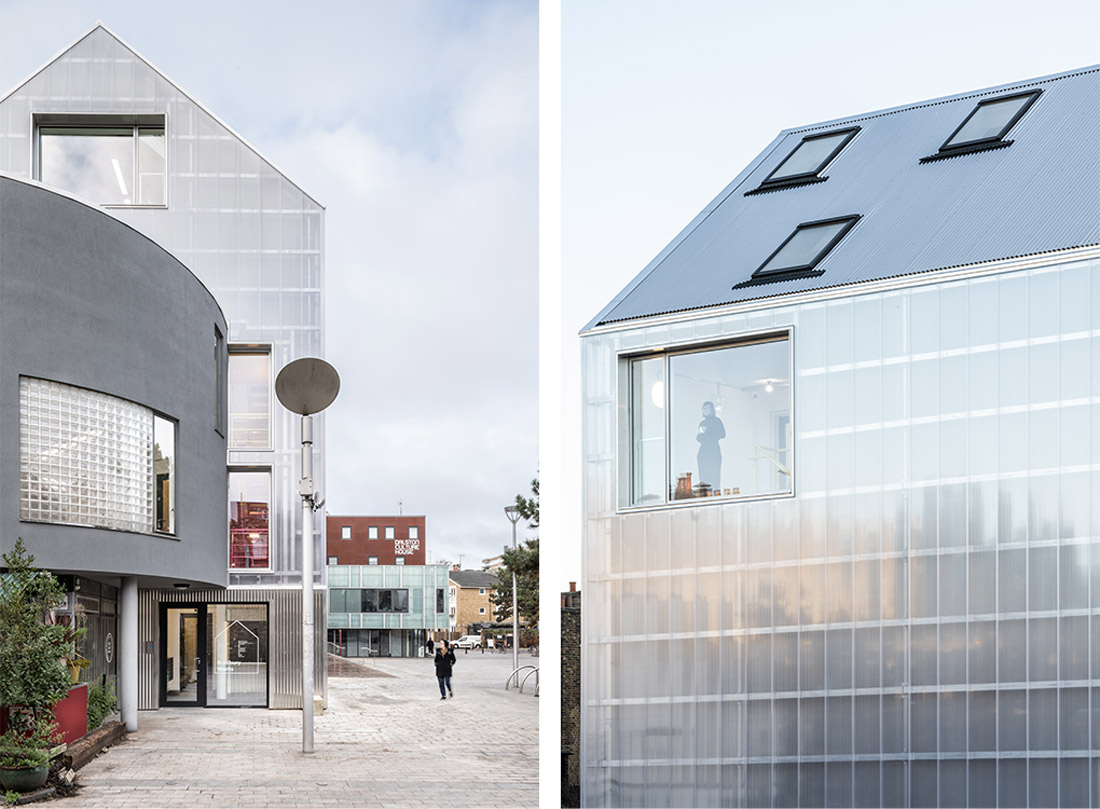
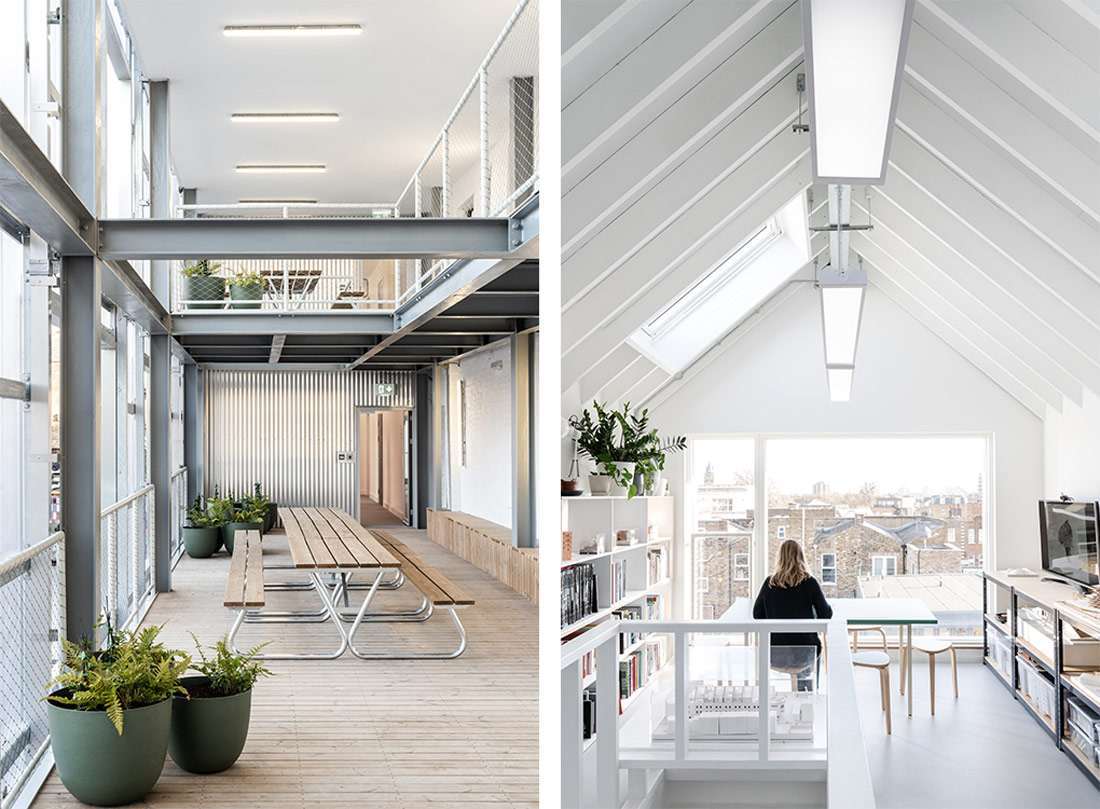
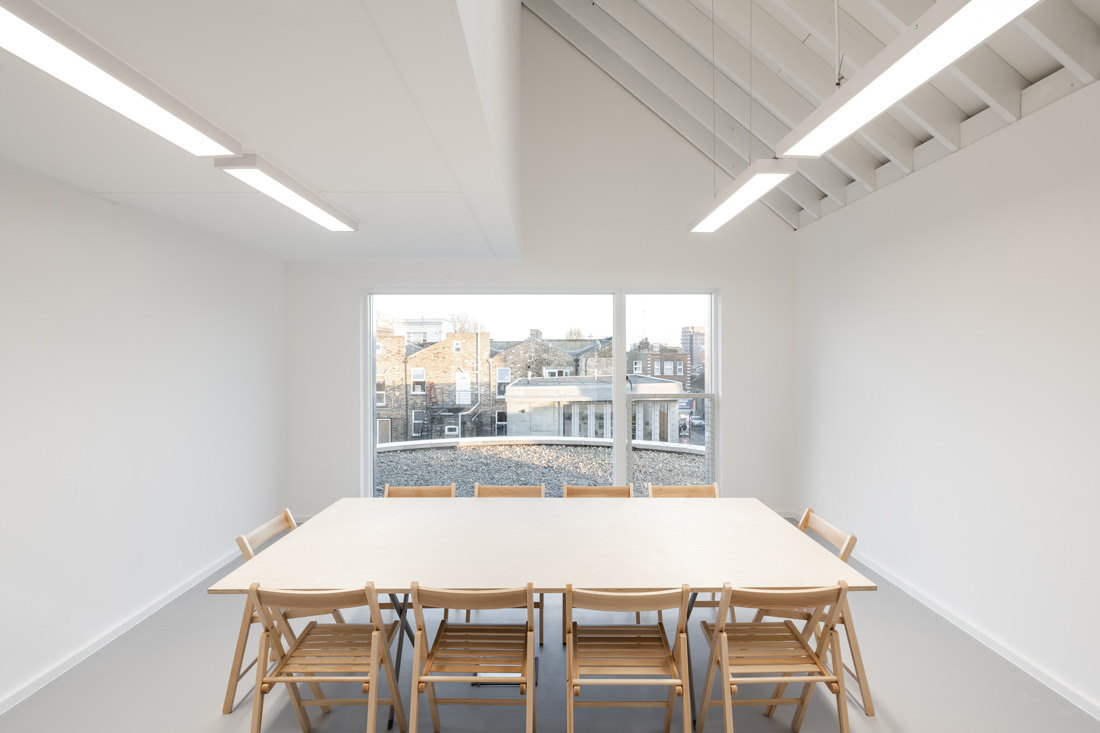
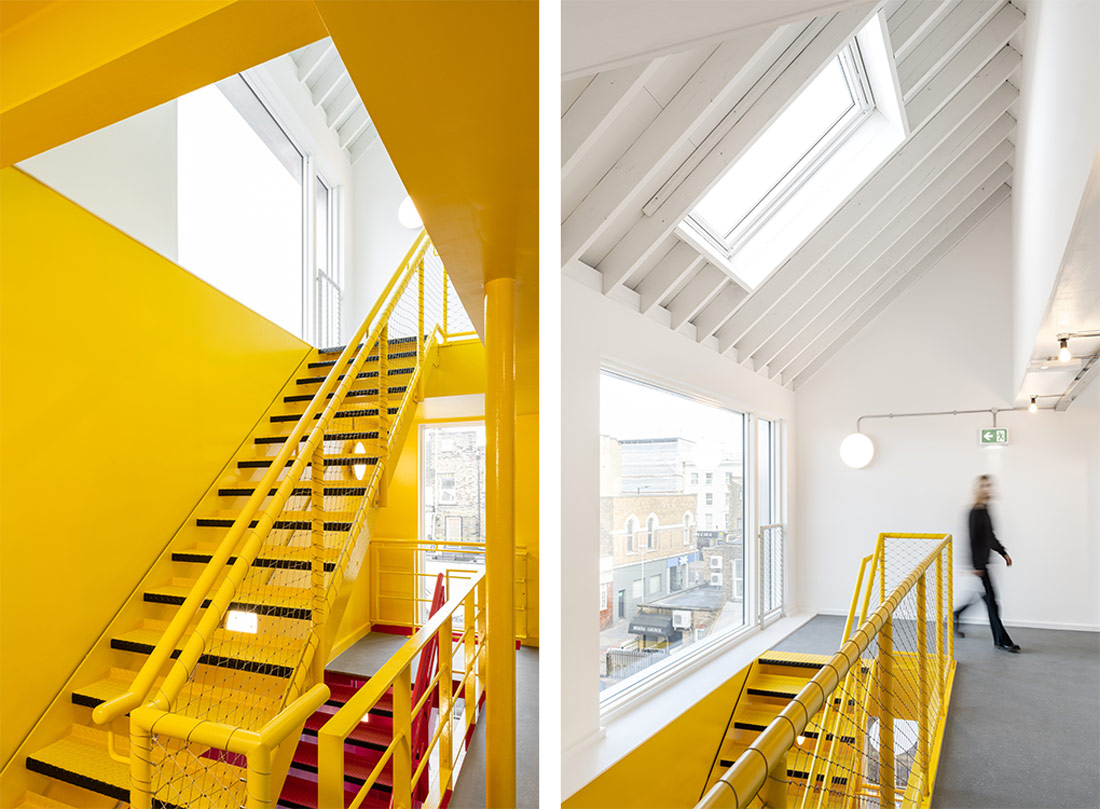
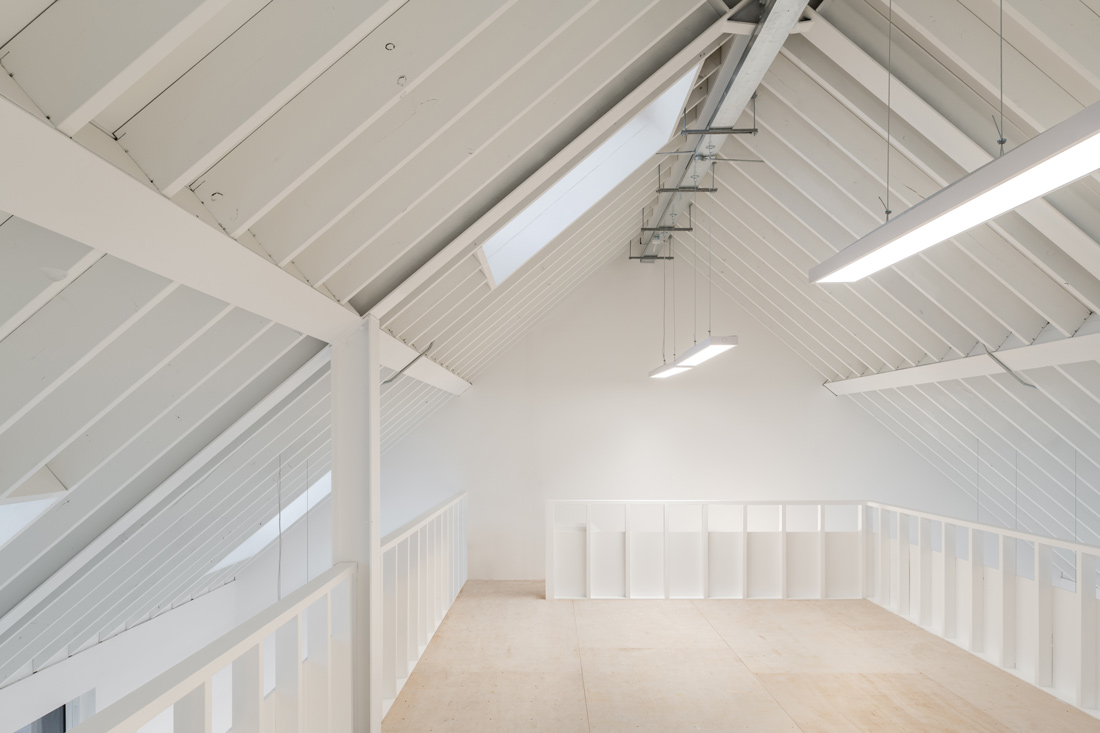
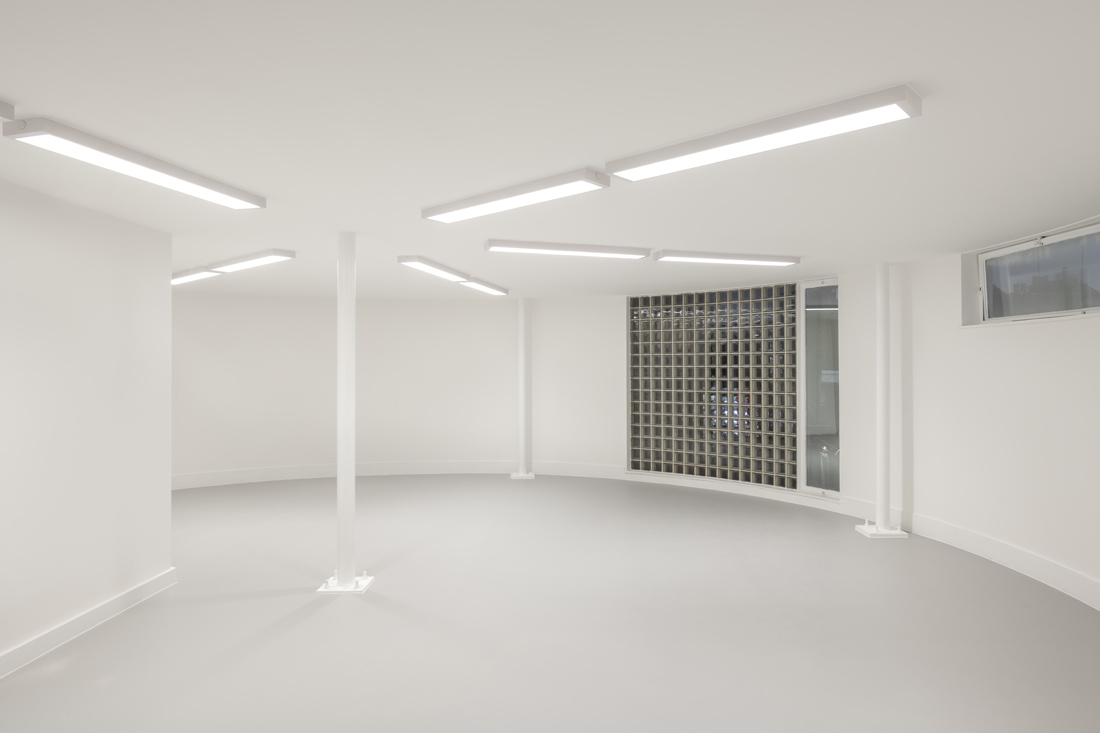
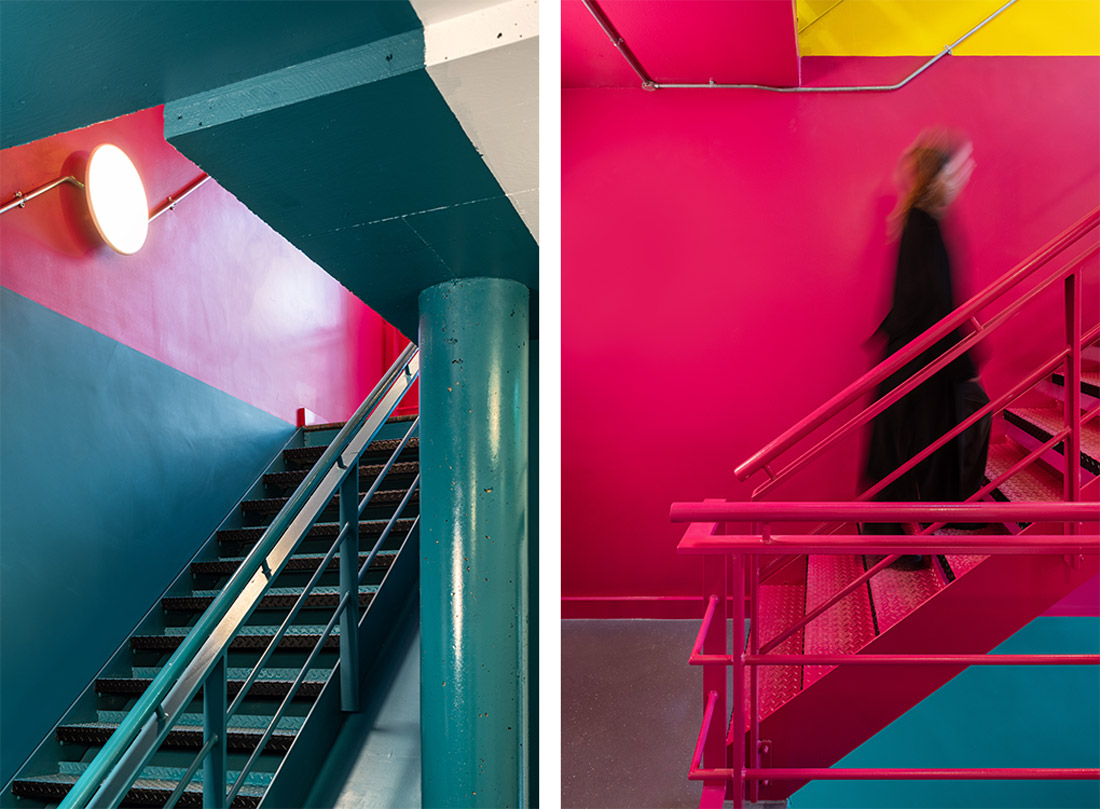
![Bradbury Works © [Y/N] Studio](https://urbannext.net/wp-content/uploads/2023/10/y-n-studio_bradbury-works_11.jpg)
![Bradbury Works © [Y/N] Studio](https://urbannext.net/wp-content/uploads/2023/10/y-n-studio_bradbury-works_12.jpg)
![Bradbury Works © [Y/N] Studio](https://urbannext.net/wp-content/uploads/2023/10/y-n-studio_bradbury-works_13.jpg)


